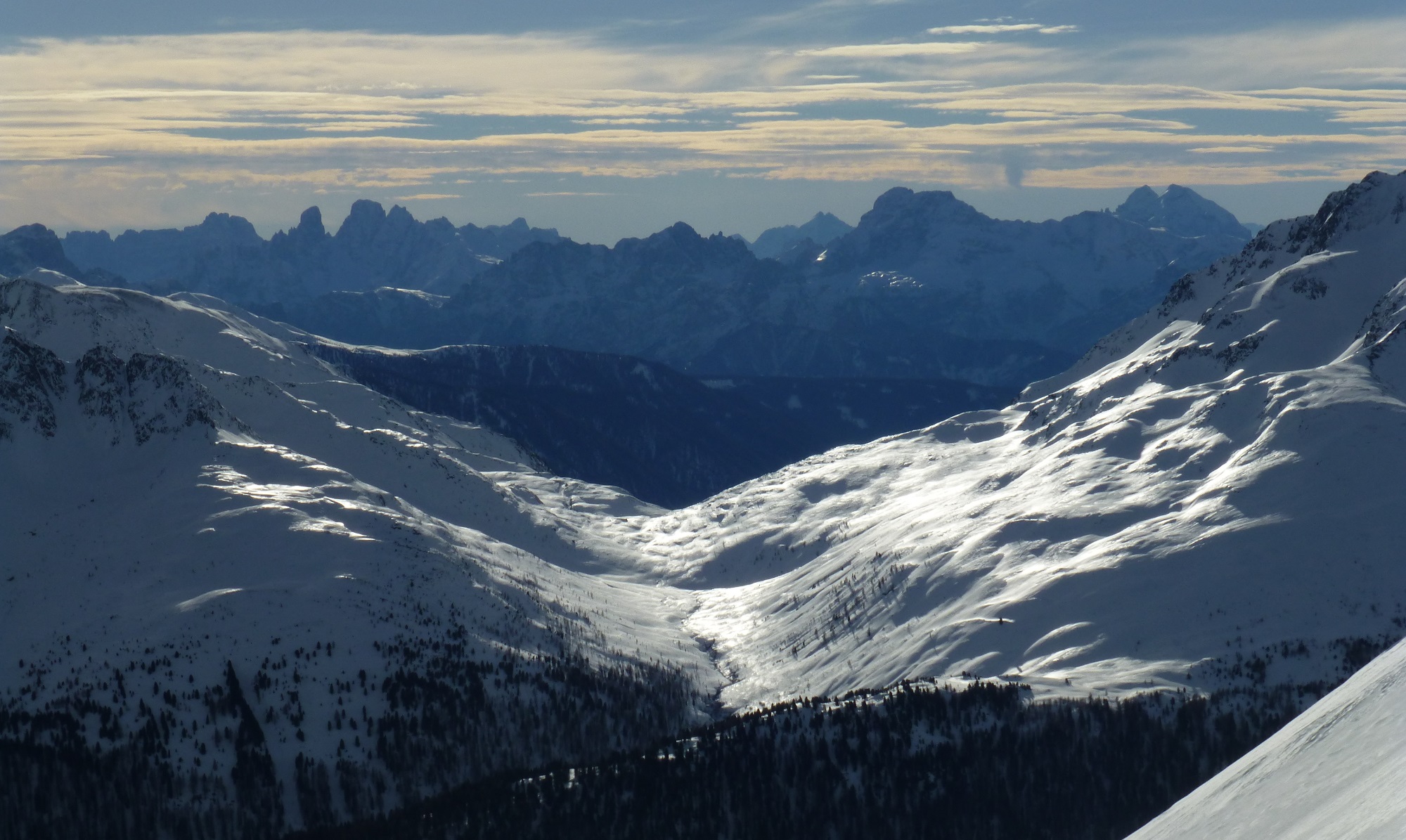The snowpack is well consolidated over widespread areas, although the surface is highly diverse and (from a skiers’ point of view) rough going. In regions where snowfall has been heavy, isolated naturally triggered glide-snow avalanches are still possible on steep grass-covered slopes.
Current avalanche situation
The gliding snow problem is currently the pre-eminent source of avalanche danger. This applies most of all to areas where there has been heavy snowfall. Activity has receded somewhat, but isolated medium-sized releases can’t be excluded. Zones below glide cracks are best circumvented or, at very least, traversed quickly, i.e. on ascents.
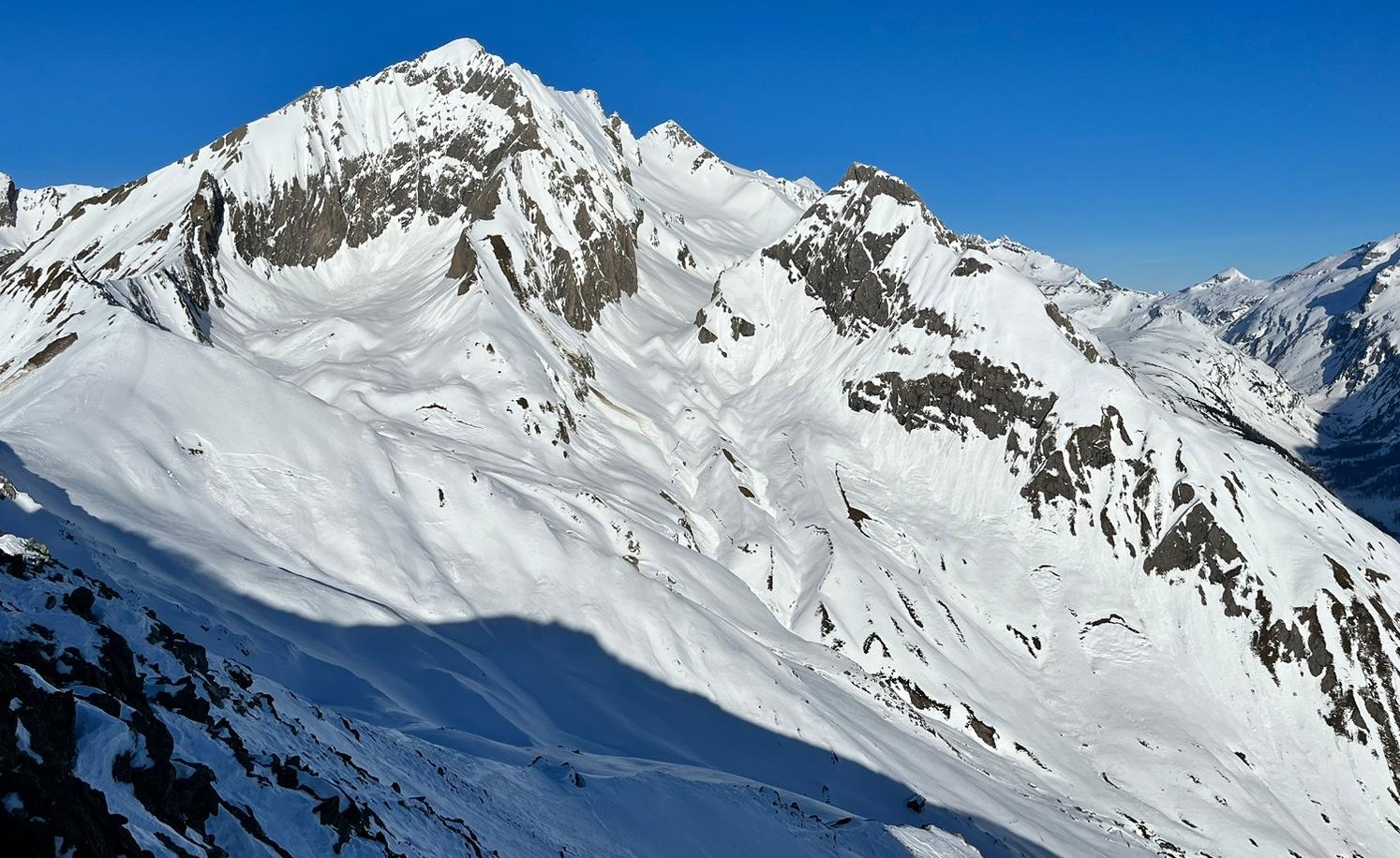
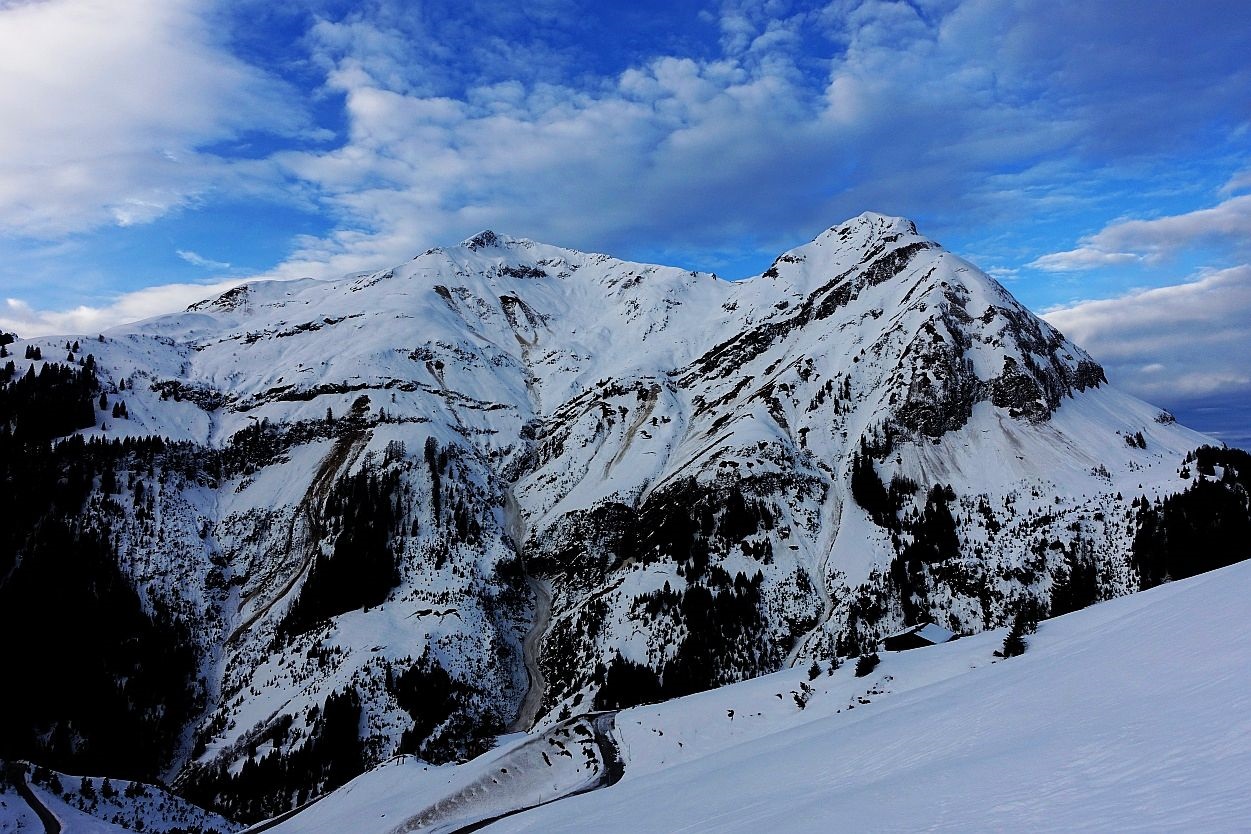
In the interim, the snowdrift problem is no longer a problem. Older snowdrift accumulations are unlikely to trigger. Extremely isolated avalanche prone locations are conceivable on very-to-extremely steep high alpine shady slopes (>3000 m). Even there, high additional loading is usually necessary.
Snowpack surface
There are above average amounts of snow, esp. in the northern regions, as well as very good snowpack stability, but unfortunately rather poor snow quality. Storm-strength winds that accompanied the heavy precipitation last week, along with light rainfall up to at least 2600 m on 24 December, did their work. Melt-freeze crusts and wind crusts: everywhere. Reports of good powder…don’t exist.


What is interesting, however, in particular with regard to coming development of avalanche dangers, are the thin melt-freeze crusts or ice films which formed during the last rainfall. We see the potential that a weak layer beneath or between these melt-freeze crusts could form. That could then become relevant in the next round of heavy snowfall. For that reason we want to focus on this more precisely and gather an accurate picture of just how widespread these crusts are and what they consist of.
Help us with your own observations:
How far up do these melt-freeze crusts/icy films occur? How thick are they? Are they abundant? What does the layer right below them look like, or between them? Hard? Soft?
- We look forward to your reports at Snobs.live or mail to lawine@tirol.gv.at
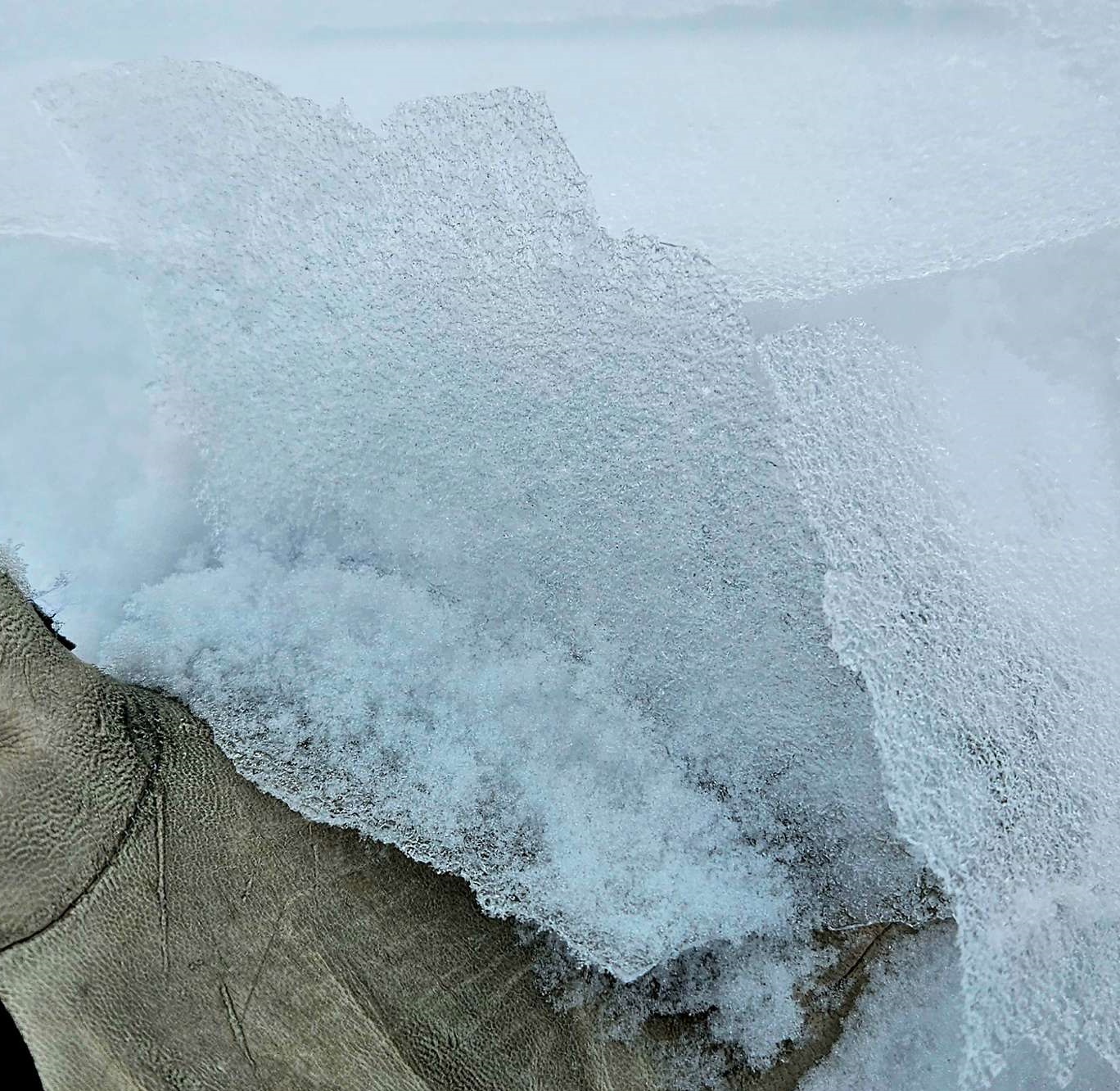

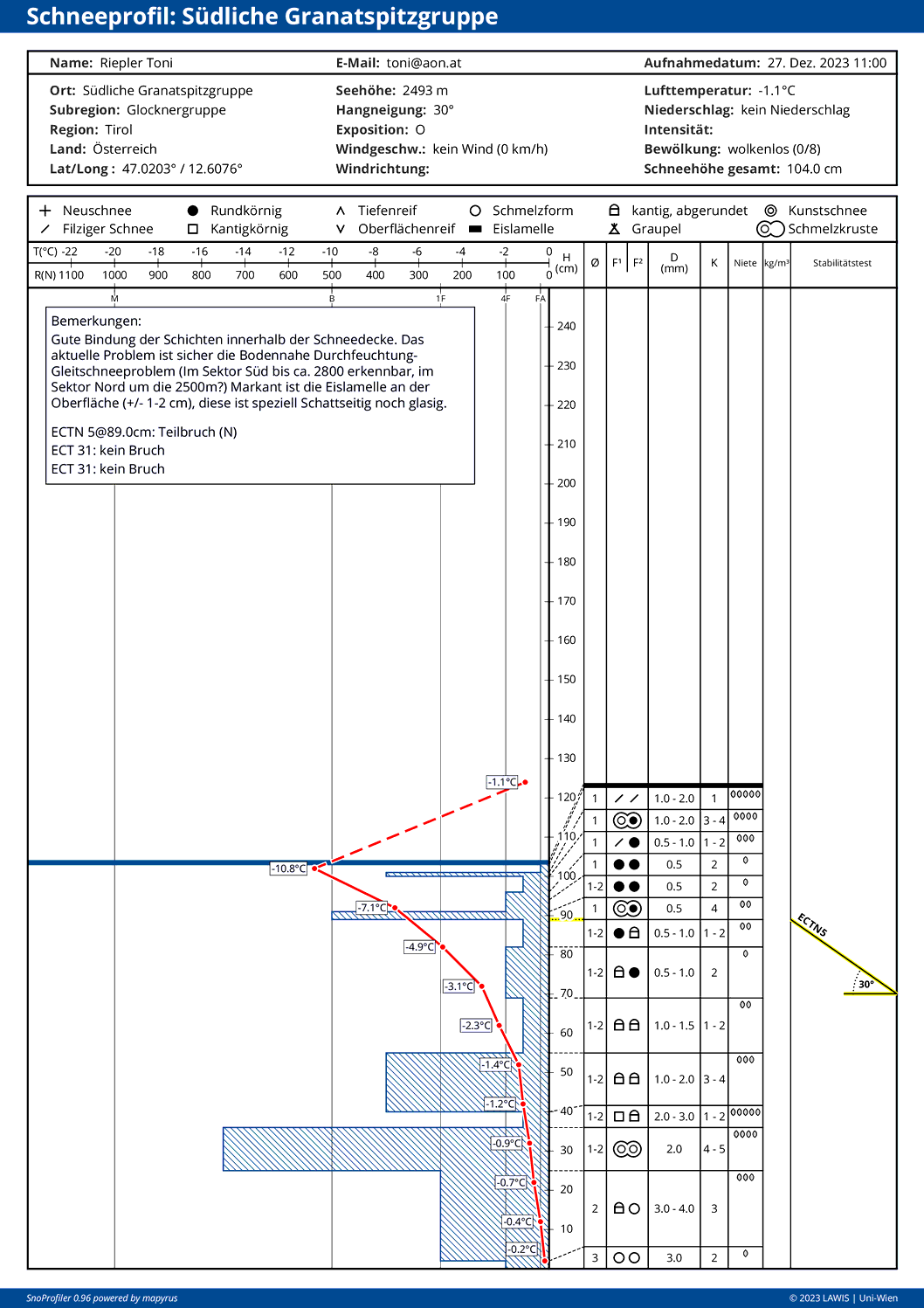
Coming developments
The avalanche situation is not expected to change significantly in the next few days. Isolated naturally triggered glide-snow avalanches are possible, esp. on sunny slopes.

Temperatures are slightly lower than in recent days, it is expected to remain dry over the weekend. As the new year gets underway, more variable conditions are anticipated.
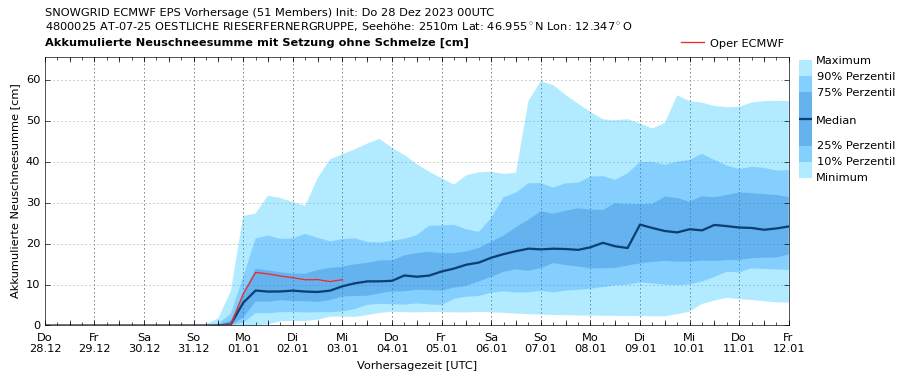
We wish all of you a bold threshold into the New Year.
Oh, it just occurred to me: the current snowpack surface is often very icy and hard. Taking a nasty fall in steep terrain is thus a very real danger. On that note…
We wish one and all a terrific launch into the new year 2024!
